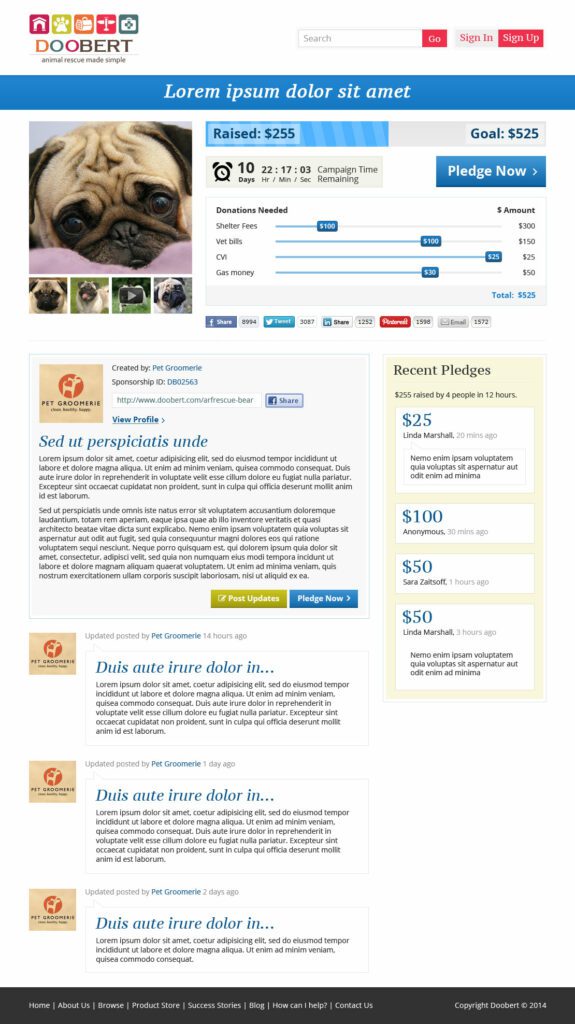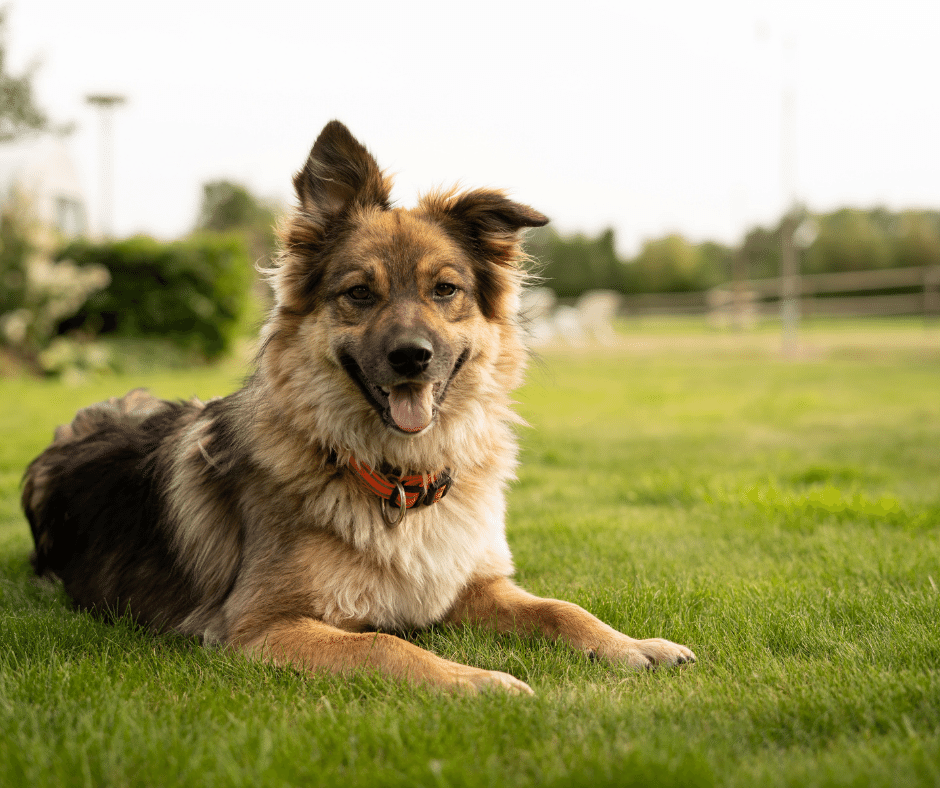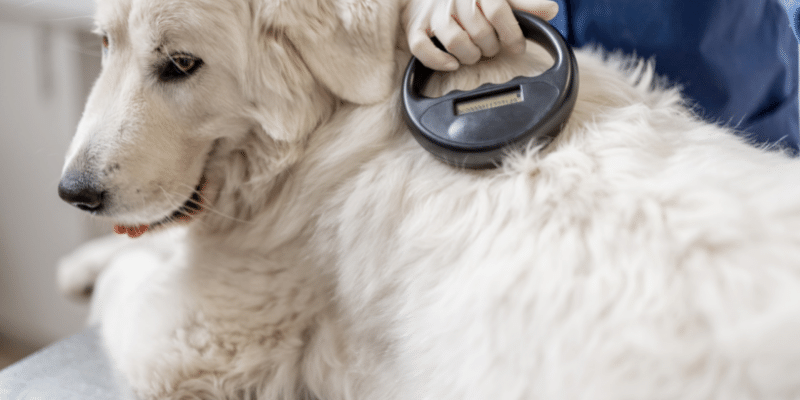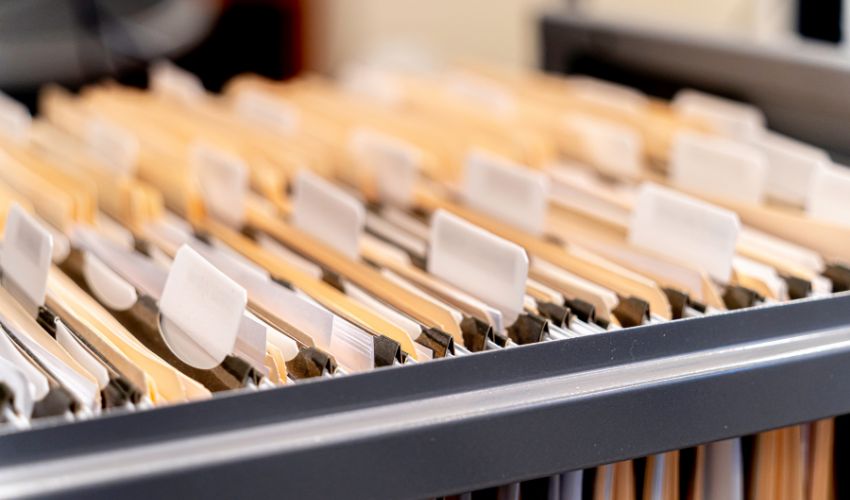Respiratory secretions and airborne pathogens are not the only ways that Canine and Feline Distemper can be spread to other animals. Humans can carry the Distemper virus on their hands, clothing, and shoes, in addition to other surfaces and materials that can harbor the disease, such as blankets, food and water bowls, and other pet equipment.
Distemper Can Be Spread on Humans and Pet Equipment
While Distemper is primarily transferred through the air and bodily secretions, there are many other ways that the virus can be transmitted. Distemper can be transferred by means of clothing, human hands, shoes, materials such as food and water bowls, and other equipment that has come into contact with infected vomit or diarrhea.
Hands
Human hands can spread the Distemper virus to new areas and animals if not properly washed. Always wear gloves when handling unfamiliar animals, vomit, urine, blood, or feces. Whether you use gloves or not, always wash your hands thoroughly with soap and water afterward. If soap and water are not available, use an alcohol-based hand sanitizer with at least 60% alcohol.
Clothing, Fabric & Shoes
When sheets, towels, and blankets are used by more than one animal, pathogens are more easily spread. The Distemper virus can live on fabric if it is not properly washed, and when a person handles the dirty linens or clothing, the virus can spread to that person’s hands simply from just holding the items. When you are ready to wash the soiled fabrics, separate the dirty linens and clothing from clean items, as the virus can spread between the items being washed together. Wash the high-risk (likely to cause illness) items at a very high temperature and with a bleach solution. Always remove any solid vomit or feces from the fabric before washing and flush them down the toilet. Then, wash your hands directly after handling the soiled fabrics!

Food & Water Bowls
The Center for Disease Control (CDC) guidelines recommend that you wash your pet’s food and water bowls with hot, soapy water on a daily basis. This is especially important in a shelter or communal environment, as the Distemper virus (among many other diseases) can easily be left on a dish, just waiting to be picked up by another animal. Always wash your hands before and after handling the pet food and water bowls, and wash pet dishes using dish detergent and water. Rinse the bowls with clean water, and then dip them into a dish sanitizer (1 part bleach to 32 parts water solution). Lay the dishes out to air dry. This process can also be used for items such as dog toys, rubber mats, and other non-porous items. DO NOT leave bowls or other materials in the sanitizer solution as they can begin to break down, especially plastic bowls. For this reason, try to use stainless steel bowls if at all possible.
Other Equipment & Surfaces
Other non-porous items and surfaces such as countertops, flooring, and any other pet supplies should be washed in a bleach solution of 1 part bleach to 32 parts water. You may also view our favorite daily disinfectants here. This will ensure that the virus has been killed and will not pose a threat to other animals. Disinfecting and Cleaning is very important in order to ensure that your home or shelter are disease-free during and after housing an animal with Distemper. While you clean, your animals should be put in a separate room, as bleach and cleaning products can be toxic to animals.
You Can Prevent the Spread of Distemper with Vaccination
In addition to cleaning and disinfecting items and materials, vaccination is the best form of protection against the deadly disease. The Distemper vaccine introduces a small amount of the virus into an animal’s body so that the body can recognize and fight off the virus quickly if it ever were to come into contact with it again. Talk to your cat or dog’s veterinarian about vaccination, and create a schedule to ensure your pet’s safety and well-being.
















